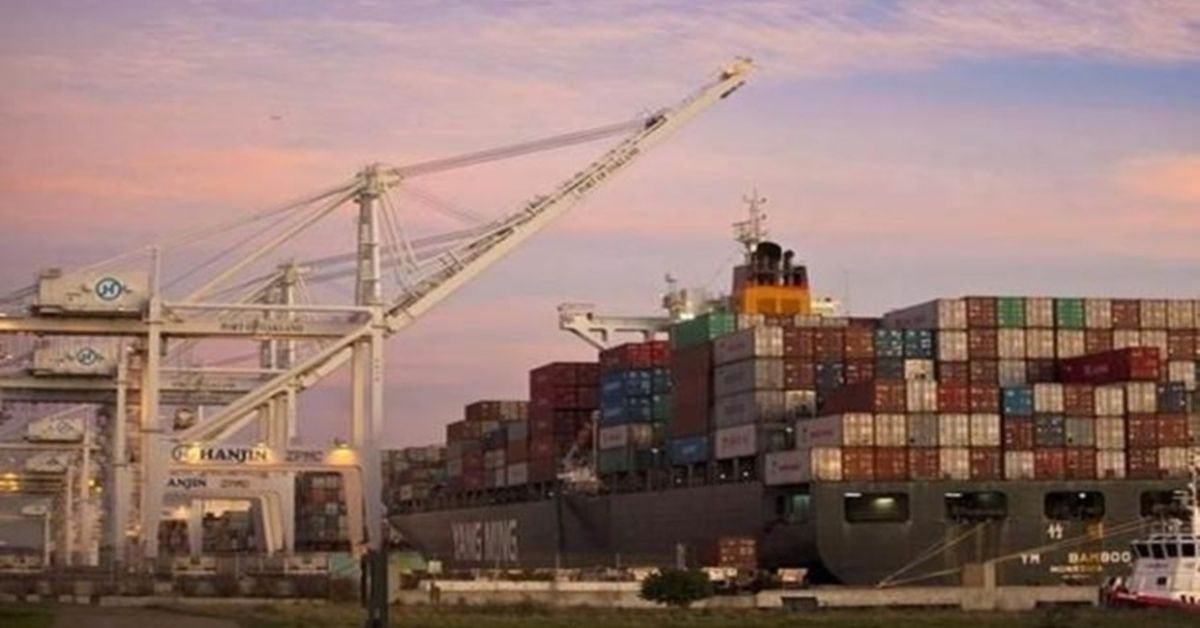Total container traffic out of 12 major/government ports last month slipped to 893,000 TEUs from 944,000 TEUs a year earlier, registering a 5.4% decrease. On a month-on-month basis, volumes were essentially flat, with 892,000 TEUs reported in September.
However, by port, Nhava Sheva (Jawaharlal Nehru Port Authority) slightly improved its throughput to 496,000 TEUs from 476,000 TEUs in October 2021.
Chennai Port in southern India ended last month with 125,000 TEUs, a sharp decline from 154,000 TEUs a year earlier.
At Cochin Port, which operates India’s only dedicated transshipment facility, known as Vallarpadam Terminal or DP World Cochin, container throughput fell to 55,000 TEUs from 67,000 TEUs in October 2021.
Volumes at Tuticorin Port (V.O. Chidambaranar) also continued to drop – down to 53,000 TEUs from 63,000 TEUs in October 2021.
Visakhapatnam Port handled just 28,000 TEUs last month, as against 43,000 TEUs in the corresponding month of 2021, the analysis shows.
Ennore Port, now known as Kamarajar Port, saw October volume dip to 36,000 TEUs from 40,000 TEUs in the year-ago month.
Other smaller ports like Kandla (Deendayal Port) also reported volume declines last month, on a month-on-month basis.
Adani Ports (APSEZ), which has a network of minor non-government terminals on the east and west coasts of India, is also seeing capacity utilisation pressure. From April through September, the first half of the fiscal year 2021-22, the group report flat growth, cumulatively moving 4.23 million TEUs, up just 3% from 4.11 million TEUs a year earlier.
Of this, APSEZ’s flagship Mundra Port contributed 3.28 million TEUs, according to data released by the company.
That volume deceleration reflects a slowdown in India’s export/import trade as a consequence of global economic headwinds.
“The slowdown in exports is a reflection of the toughening conditions of the global trade facing demand slowdown on account of high inventories, rising inflation, economies entering recession, high volatility in currencies and geopolitical tensions,” said A. Sakthivel, president of the Federation of Indian Export Organisations (FIEO), in a statement.
FIEO noted, “The decline in exports of engineering goods, apparels and textiles sectors is of particular concern as these sectors are key to huge employment.” FIEO went on to add: “We should not draw solace from the fact that exports of most of the economies are facing contraction. The coming few months would be quite challenging unless the geopolitical situation improves drastically.”







